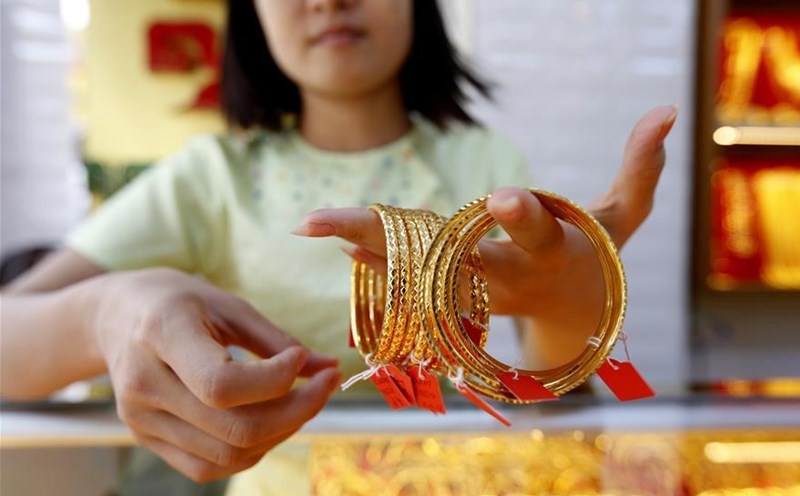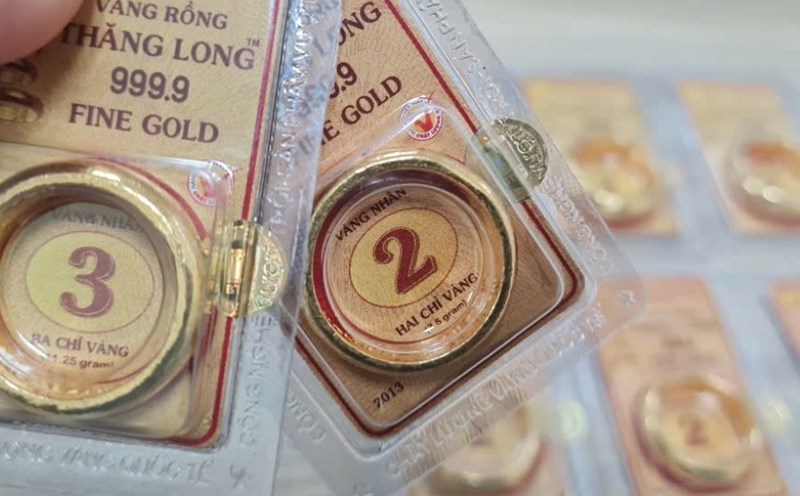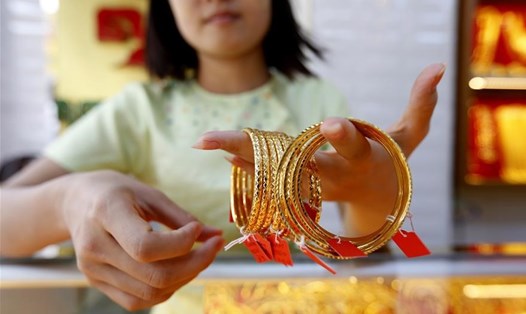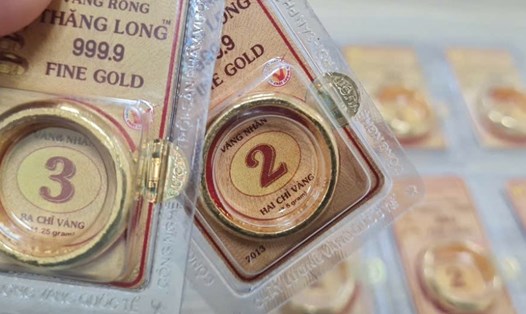The international gold market is in a "slowing" period after the US Federal Reserve cut interest rates by another 0.25 percentage points on October 29, bringing the new range to 3.75% - 4.00%, as expected by analysts.
Fed Chairman Jerome Powell did not give a specific direction for further cuts. In a statement after the meeting, the Fed affirmed that the US economy is still growing at a moderate level and inflation is still high, but expressed concern about job risks - a sign that the US Central Bank is shifting its focus to the labor market.
The uncertainty level of economic prospects remains high. The risks to jobs have increased in recent months, the Fed said in a statement.
Another notable point is that the Fed has stopped narrowing the accounting balance sheet, a move that Fed Chairman Powell "opened" a few weeks ago. Investors see this as a soft move, reinforcing expectations that the Fed will continue to loosen monetary policy in December and the first half of 2026.
"The Fed still sees unemployment as low, inflation as a bit high, but it is clearly leaning towards a soft trend," said Michael Brown, senior expert at Pepperstone. I think there will be another 25 basis point cut in December, and even a few more at the beginning of next year.
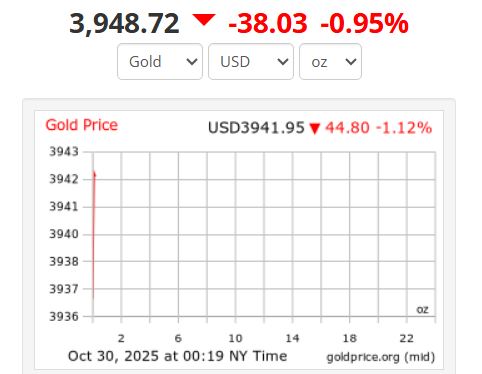
Normally, low interest rates will fuel gold prices. When the Fed lowers interest rates, the opportunity cost of holding gold decreases, making the precious metal more attractive compared to bonds or other fixed-yield assets.
Surprisingly, as of 11:19 a.m. on October 30, Vietnam time, the world gold price decreased by 38.03 USD, equivalent to a decrease of 0.95%, trading at 3,948.72 USD/ounce.
Gold holdings in the SPDR Gold Trust - the world's largest gold ETF - also decreased by 0.28%, down to 1,036.05 tons. This development shows that part of investors may be taking short-term profits after a long period of price increases.
The next focus of investors is the meeting between President Donald Trump and Chinese President Xi Jinping in South Korea on October 30.
After the meeting, Chairman Xi Jinping said that the China and US negotiating groups had reached a basic consensus on how to resolve important economic and trade issues between the two countries.
With new developments on October 30, analyst Peter Fertig (Quantitative Commodity Research) acknowledged that after losing more than 10% of its value in previous weeks, gold is entering the "bargain hunting" stage.
The story of gold is still valid. The recent decline in prices only makes the precious metal more attractive to long-term investors, Fertig said.
In the short term, experts predict that gold prices will continue to fluctuate around the 3,950 - 4,050 USD/ounce range, before having a clearer direction after the US - China summit and new information from the Fed in December.
Regarding domestic gold prices, as of 11:20 on October 30, SJC gold bar prices were trading around 145.3 - 146.6 million VND/tael (buy - sell). The price of 9999 Bao Tin Minh Chau gold rings is listed around 145.3 - 148.3 million VND/tael (buy - sell).
A cautious approach causes the gold market to fluctuate abnormally
According to some domestic gold businesses, although the rate cut is in line with market expectations, Mr. Powell's cautious approach to future monetary policy - especially his saying that the possibility of a rate cut in December is still far away - has created a remarkable unusual development in the market.
In addition, the USD index increased sharply right after the Fed's interest rate announcement. This reversal has reversed conventional market drivers, where rate cuts often put downward pressure on currency value. The strength of the dollar has put significant pressure on the precious metals market.

